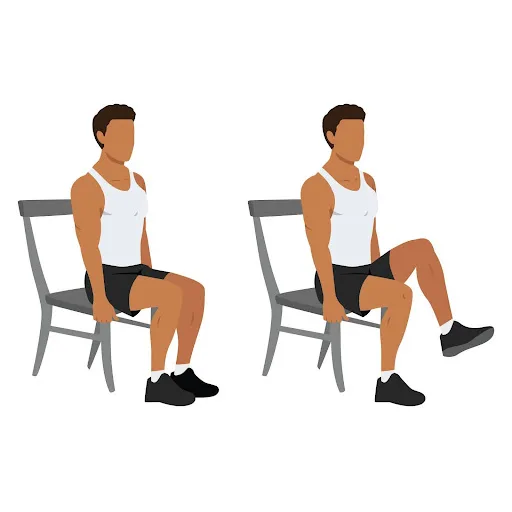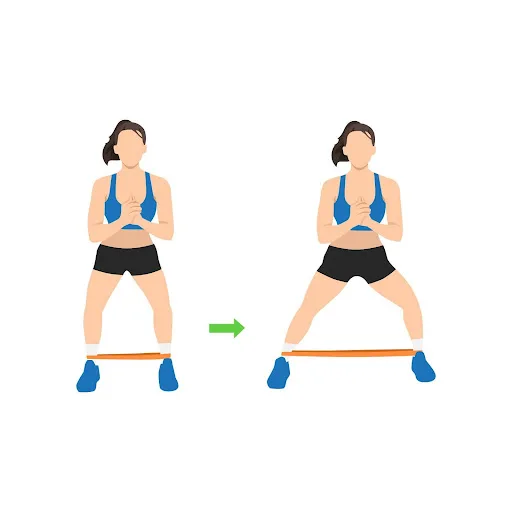Muscle atrophy is a common concern for individuals recovering from long-term injuries, especially those caused by workplace incidents or auto accidents. Prolonged immobility or limited activity can lead to muscle weakening, making the recovery process longer and more challenging. Here are several effective strategies for preventing muscle atrophy during recovery and discuss exercises and treatments that promote muscle health.
1. Understanding Muscle Atrophy
Muscle atrophy occurs when muscles shrink due to lack of use. This is often seen during recovery from severe injuries, such as a workplace injury or auto accident injury, where mobility is restricted. While it can be a natural consequence of long-term immobility, there are several ways to mitigate its effects and support muscle maintenance during the recovery period.
2. How to Prevent Muscle Atrophy During Long-Term Recovery
Preventing muscle atrophy requires a combination of medical interventions, physical therapy, and lifestyle changes. Here are some of the most effective methods:
a. Physical Therapy
Physical therapy is a critical component of workplace and auto accident injury recovery, particularly for preventing muscle atrophy. A physical therapy program will be supervised and directed by our highly trained healthcare professionals in this field that focuses on strengthening muscles without causing strain on the injured area. These exercises may include:
- Isometric exercises: Involve muscle contraction without movement, which can help preserve strength while protecting the injured area.
- Range-of-motion exercises: Improve flexibility and help prevent stiffness in joints, maintaining muscle function.
- Progressive resistance training: As the injury heals, resistance exercises (using bands, weights, or body weight) are gradually introduced to rebuild muscle strength.
Related: Benefits of Massage Therapy for Pain Management and Injury Recovery
b. Electrical Stimulation
For individuals with severe mobility limitations, electrical muscle stimulation (EMS) can be a valuable tool. EMS uses electrical impulses to stimulate muscle contractions, helping to preserve muscle mass and function even when the individual is unable to move the affected muscles voluntarily.
c. Nutrition for Muscle Health
Proper nutrition is essential for preventing muscle atrophy. A diet rich in protein, vitamins, and minerals supports muscle repair and growth. Foods high in protein, such as lean meats, fish, eggs, and legumes, are particularly important for maintaining muscle mass during recovery. Additionally, staying hydrated and ensuring adequate caloric intake helps fuel the body’s healing processes.
3. Exercises to Combat Muscle Atrophy
Even when mobility is restricted, certain exercises can be safely incorporated to maintain muscle strength and function. Always consult a healthcare professional before starting any exercise program. Here are some exercises that may help prevent muscle atrophy during recovery from an auto accident injury or workplace injury:
a. Seated Leg Lifts
For individuals with lower-body injuries, seated leg lifts can help engage and strengthen the quadriceps and hip flexors without putting weight on the injured area.

- Sit in a chair and slowly lift one leg straight out in front of you.
- Hold for a few seconds, then lower the leg. Repeat with the other leg.
b. Arm Circles
For upper-body injuries or when arm mobility is restricted, arm circles are an effective way to maintain shoulder and arm strength.

- Sit or stand and extend your arms out to the sides.
- Slowly rotate them in small circles, gradually increasing the circle size.
c. Resistance Band Exercises
Resistance bands are a low-impact way to add strength training to your routine without putting undue stress on injured muscles or joints. They can be used to strengthen the upper and lower body depending on the type of injury.


4. The Role of Rehabilitation in Preventing Atrophy
A comprehensive rehabilitation plan is key to preventing muscle atrophy during long-term recovery from a workplace injury or auto accident injury. Rehabilitation includes not only physical exercises but also therapeutic treatments such as massage, stretching, and even aquatic therapy. These therapies help stimulate muscle activity, increase blood flow to affected areas, and promote faster healing.
5. Early Intervention Is Key
Starting treatment and physical therapy as early as possible after an injury can significantly reduce the risk of muscle atrophy. Even when full mobility is not possible, small movements, stretches, and passive range-of-motion exercises can help keep muscles active. Early intervention also prevents the development of other complications, such as joint stiffness or decreased flexibility, which can further prolong recovery.
Maintain a Strong Recovery With Excelsia Injury Care
Muscle atrophy is a common challenge during the long-term recovery from injuries, but it can be effectively managed through a combination of physical therapy, targeted exercises, and proper nutrition. Whether recovering from a workplace injury or an auto accident injury, maintaining muscle mass and function is crucial for a full and speedy recovery. By working closely with our providers at Excelsia Injury Care, you can stay active during recovery and reduce the impact of muscle atrophy.


